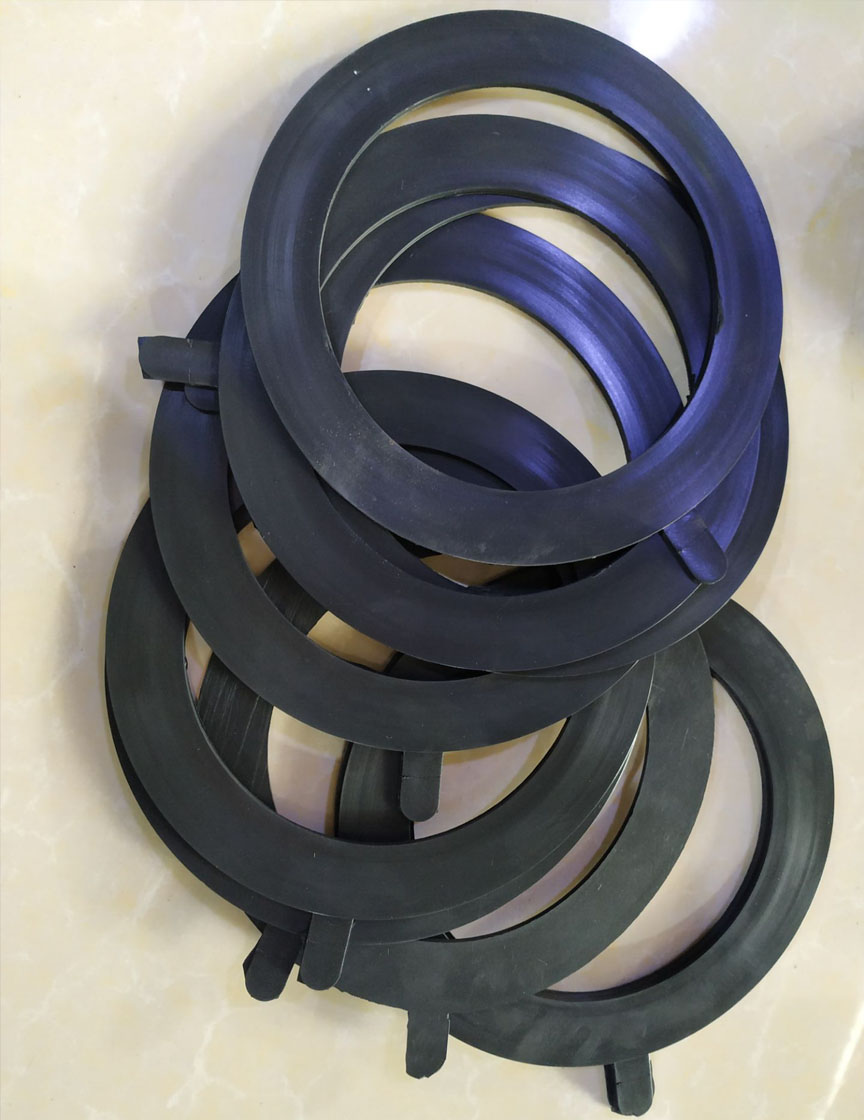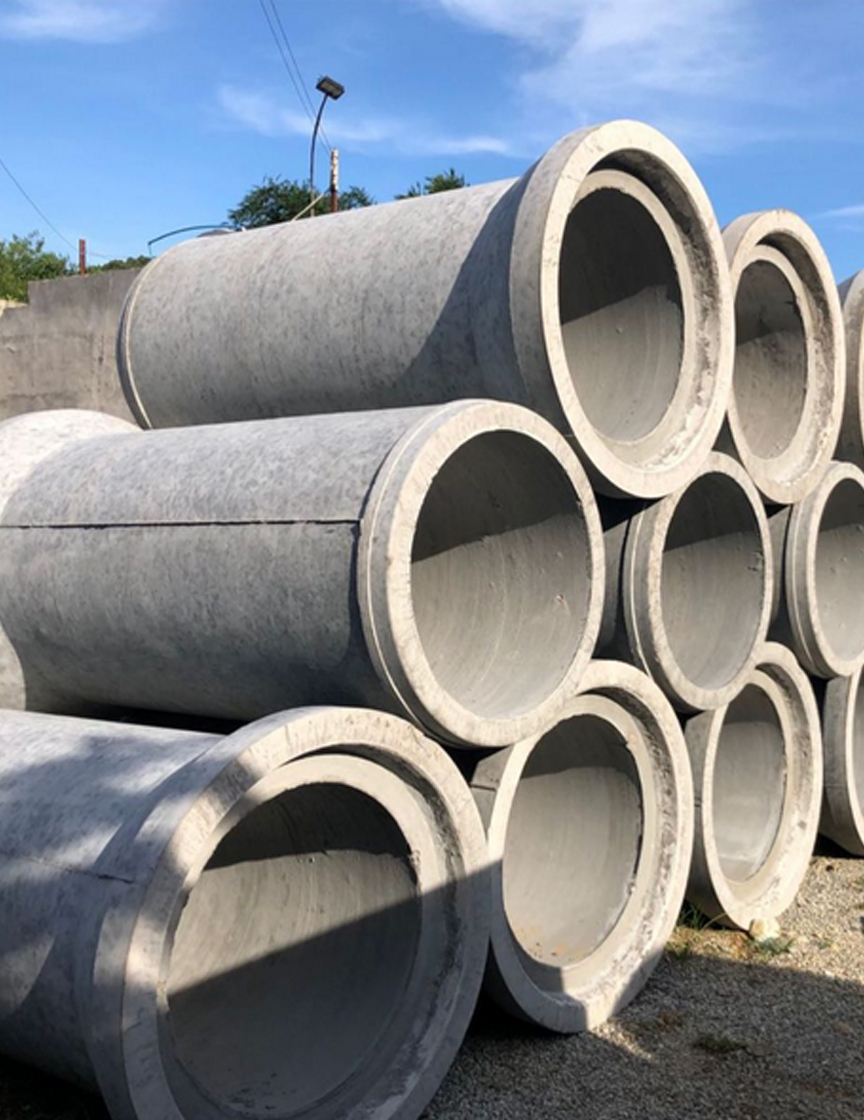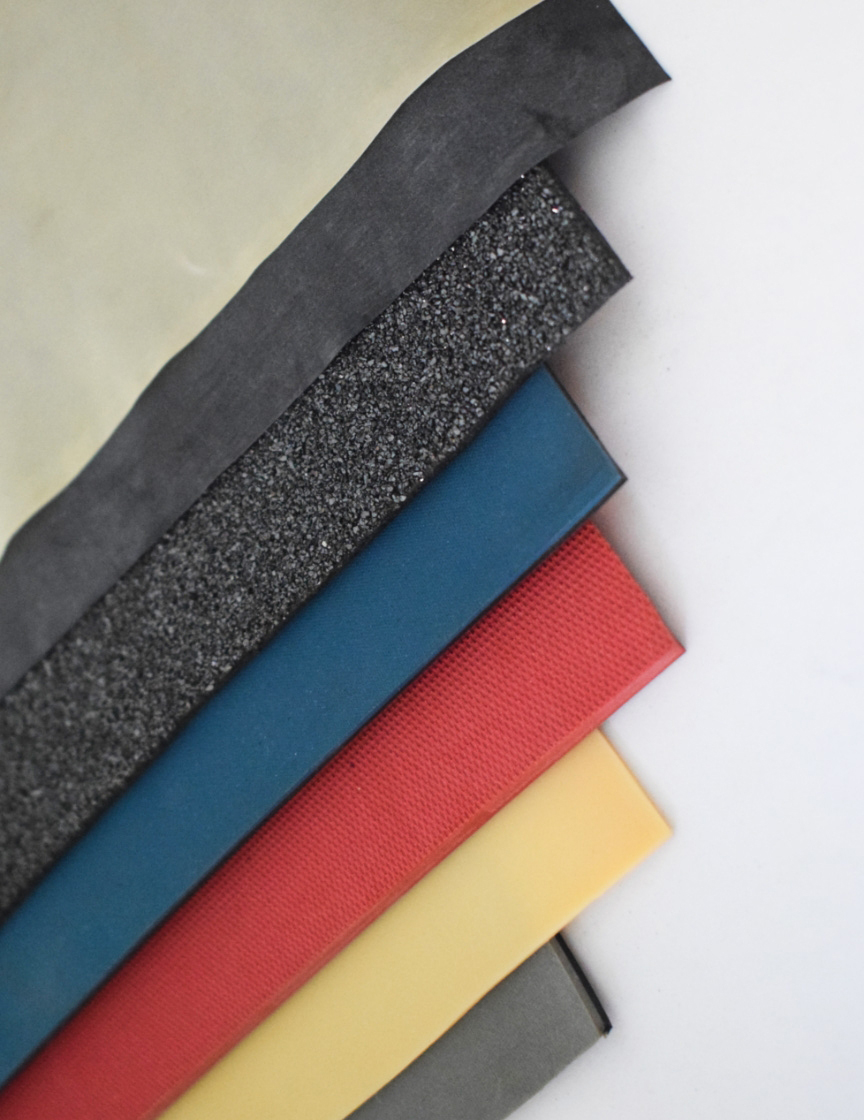Rubber and silicone rubber are both elastomers, which means they have elastic properties and can be stretched and returned to their original shape. However, there are some key differences between the two materials.
Rubber is a natural or synthetic polymer that is made from organic materials. It can be derived from natural sources such as the latex sap of rubber trees or it can be made synthetically from petroleum-based chemicals. Rubber has good elasticity, abrasion resistance, and low temperature flexibility.
Herec are some applications of rubber:
Tires: The largest application of rubber is in the manufacturing of tires, where it provides the necessary traction, durability, and shock absorption.
Industrial products: Rubber is used in a wide range of industrial products such as belts, hoses, gaskets, and seals due to its resilience, durability, and resistance to heat, oil, and chemicals.
Footwear: Rubber is commonly used in the soles of shoes and boots for its slip-resistant properties and ability to absorb shock.
Sporting goods: Rubber is used in a variety of sporting goods such as balls, mats, and padding due to its flexibility and shock absorption properties.
 Silicone rubber
Silicone rubber, on the other hand, is a synthetic polymer that is made from silicon, oxygen, carbon. It is a more modern material, having been developed in the early 20th century. Silicone rubber has excellent resistance to heat, chemicals, and weathering, and is often used in high-temperature applications.
For the applications of silicone rubber:
Electrical insulation: Silicone rubber is an excellent insulator and is widely used for electrical insulation applications such as wire and cable coatings, high voltage insulators, and electronic components.
Medical devices: Silicone rubber is biocompatible and can be used for medical applications such as implantable devices, prosthetics, and catheters.
Automotive industry: Silicone rubber is used for automotive parts such as gaskets, seals, and hoses due to its resistance to heat, oil, and other fluids.
Construction industry: Silicone rubber can be used as a sealant and adhesive in the construction industry due to its ability to bond with a wide range of materials.
 Here are some other differences between rubber and silicone rubber:
Here are some other differences between rubber and silicone rubber:
1.Temperature resistance: Silicone rubber has a higher temperature resistance than rubber. While rubber can typically withstand temperatures of up to 120°C (248°F), silicone rubber can withstand temperatures of up to 200°C (392°F).
2.Chemical resistance: Silicone rubber has better resistance to chemicals than rubber. It can withstand exposure to a wider range of chemicals, including acids, bases, and solvents.
3.Cost: Silicone rubber is generally more expensive than rubber.
4.Hardness: Silicone rubber has a lower hardness than rubber, which means it is generally more flexible and can be molded into more complex shapes.
Overall, while rubber and silicone rubber share some similarities, they have different properties that make them better suited for different applications.


 Why can a rubber gasket do the sealing?
Why can a rubber gasket do the sealing?
 Why is the concrete pipe ring so important?
Why is the concrete pipe ring so important?
 List 5 of the most common rubber sheets, and their advantages and disadvantages
List 5 of the most common rubber sheets, and their advantages and disadvantages
 What are window rubbers for?
What are window rubbers for?